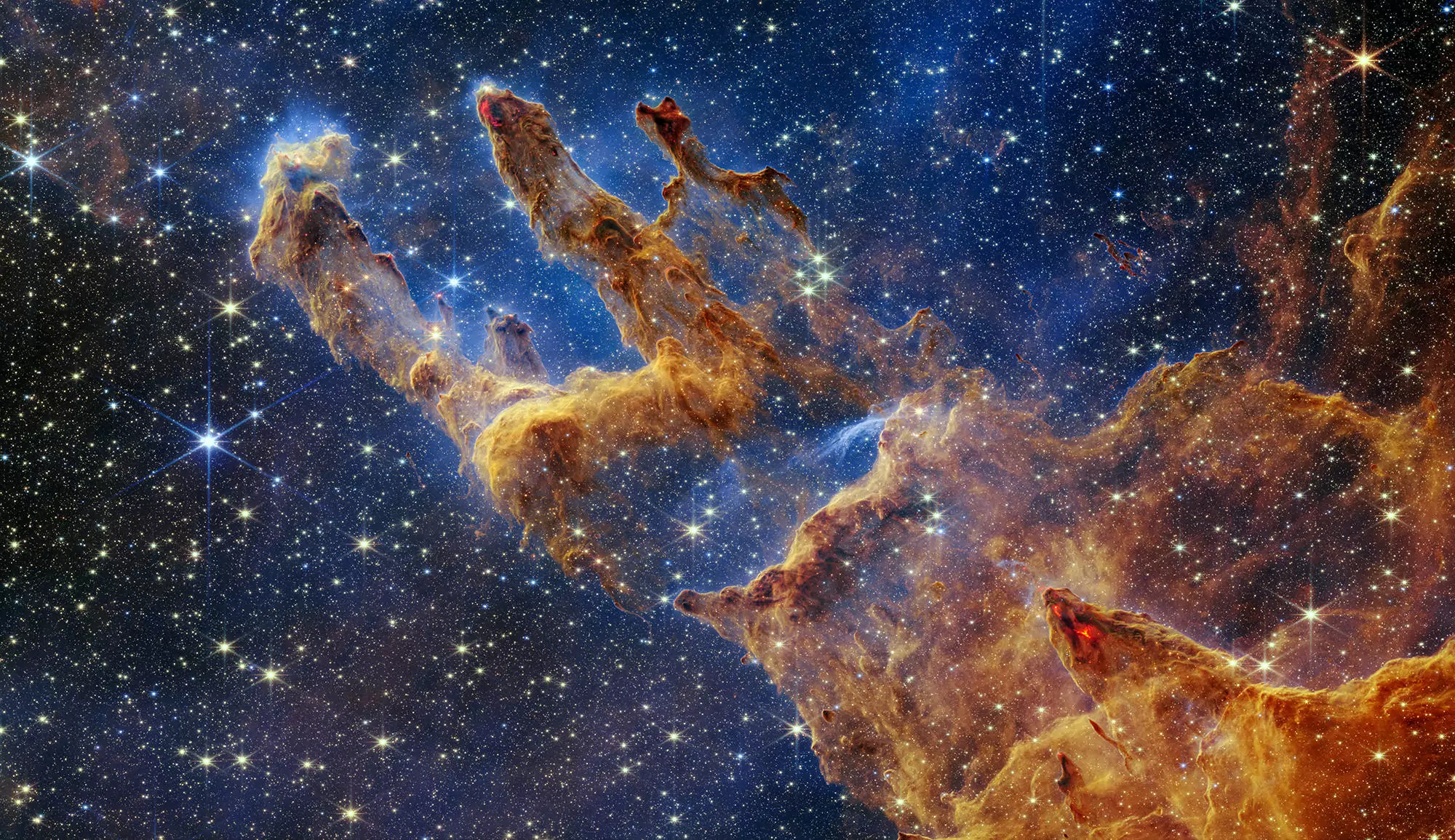To find out exactly what you will be able to observe depending on your location, visit ssp.imcce.fr and select your location to obtain what are known as local circumstances.
Here are the ones for Paris, as an example :

As you can see, observers in Paris will not see either the beginning of the eclipse or the beginning of totality. The Moon will only be visible at the peak of the eclipse when it rises in the east.
Here are the general circumstances of the eclipse :

What will be the possibilities for observation in other locations ?
- The eclipse will be visible in its entirety across all territories in the Indian Ocean (Mauritius, Réunion, the Seychelles, the Maldives and the French Southern and Antarctic Lands).
- In New Caledonia, the eclipse will be visible in the second half of the night (on 7 or 8 September). The first phases of the eclipse and the totality phase will be observable there. The Moon will then set in the west during the second phase.
- In Tahiti, only the very beginning of the penumbral phase will be visible, but it will be virtually impossible to observe.
- The totality phase will also be fully visible from Asia and the Indian Ocean. It will only be partially visible from the Atlantic Ocean, Europe, Africa, the western Pacific Ocean and Australia.
Visibility map for the total lunar eclipse on 7 September 2025. Crédits LTE
The map above is centred on the visibility zone. On either side are two invisibility zones. For total lunar eclipses, six curves are plotted :
- Entry into the penumbra (P1) : moment of first external contact with the penumbra cone (large dotted line).
- Entry into shadow (O1) : moment of first external contact with the shadow cone (small dots).
- Start of totality (T1) : moment of first internal contact with the umbra (solid line).
- End of totality (T2) : moment of last internal contact with the umbra (solid line).
- Exit from shadow (O2) : moment of last external contact with the shadow cone (small dotted line).
- Exit from penumbra (P2) : moment of last external contact with the penumbra cone (large dotted line).
Each of these curves corresponds to the locations where the Moon is on the horizon at the moment of the corresponding phase : the red curves correspond to the locations where the Moon rises and the blue curves to those where the Moon sets.
For each phase, locations west of a red curve cannot see the phase because the Moon has not yet risen, while those east of the curve can see it because the Moon has already risen.
Similarly, locations east of a blue curve do not see the phase, because the Moon has already set, while those west of it do see it, because the Moon has not yet set.
What can we see during a total lunar eclipse ?
During the phenomenon, the Moon gradually moves out of the Sun’s light, so that at the maximum point of the eclipse, when the Moon is closest to the centre of the shadow cone, the amount of light it receives from the Sun decreases considerably. It gradually increases again after the maximum point.
During a total eclipse, during the totality phase, the Moon is located inside the cone of shadow cast by the Earth into space and takes on a more or less intense coppery red hue. This light comes from solar radiation deflected towards the inside of the shadow as it passes through the Earth’s atmosphere. As it passes through, the light is also scattered, a phenomenon that mainly affects the blue components, leaving the red components to predominate. This is why the Moon still appears visible to us, simply tinged with red.
What conditions are necessary for an eclipse to occur ?
A lunar eclipse occurs when the Moon passes through the Earth’s shadow, which then comes between the Sun and the Moon, blocking all or part of the sunlight that illuminates the Moon.
For a lunar eclipse to occur, the Moon must be in opposition to the Sun relative to the Earth, i.e. in its full moon phase, and close to one of the nodes of its orbit. In a geocentric reference frame, the nodes correspond to the intersections of the plane of the Moon’s orbit with the plane of the Sun’s orbit, called the ecliptic, because it is when the Moon passes through this plane that eclipses of both the Sun and the Moon can occur.

Representation of the lunar node line. Crédits Y. Gominet/LTE
To see the different phases of a lunar eclipse in a given location, it is sufficient for it to be night-time during these phases. This is because lunar eclipses always occur during a full moon. At full moon, the Moon rises when the Sun sets and sets when the Sun rises, meaning that the Moon is visible throughout the night.
Occultations, eclipses, transits : interactive module to understand these phenomena.
What factors determine the duration of an eclipse ?
- The position of the Moon relative to the centre of the shadow : the closer the Moon is to the centre of the shadow at the moment of maximum eclipse, the longer the eclipse lasts.
- The distance between the Earth and the Moon : the Moon’s orbit is an ellipse (not a circle), so this distance varies constantly. When the Moon is at its furthest point from Earth (at its apogee), it appears smaller in the sky and also moves more slowly along its orbit, so that it ultimately takes longer to cross the shadow cone. Conversely, when the Moon is at its closest point to Earth (at its perigee), it will appear larger in the sky and move more quickly along its orbit.
Image caption at top of article : Total lunar eclipse on 21 January 2019. Crédits J. Normand

